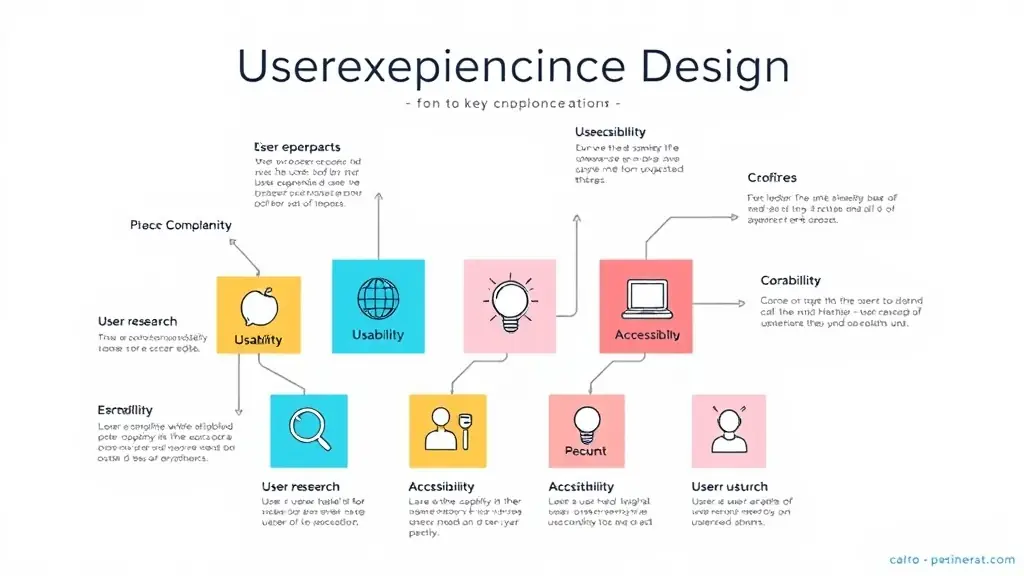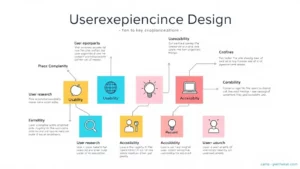User experience (UX) is a critical aspect of design that can make or break a project. In today’s digital landscape, users have high expectations for how products and services should function. A well-designed UX not only enhances user satisfaction but also drives engagement and loyalty. Designers must prioritize understanding their audience’s needs and preferences to create intuitive and enjoyable experiences.
One of the key elements of effective UX design is usability. This involves ensuring that users can easily navigate a website or application without confusion. Conducting user testing and gathering feedback during the design process can help identify pain points and areas for improvement. By addressing these issues early on, designers can create a more seamless experience that keeps users coming back.
Moreover, a strong focus on UX can lead to increased conversions and business success. When users find a product easy to use and enjoyable, they are more likely to complete desired actions, such as making a purchase or signing up for a newsletter. Therefore, investing time and resources into UX design is not just beneficial for users; it is also a smart business strategy that can yield significant returns.





